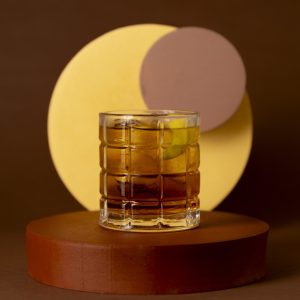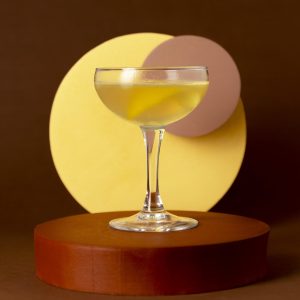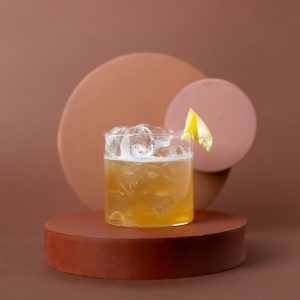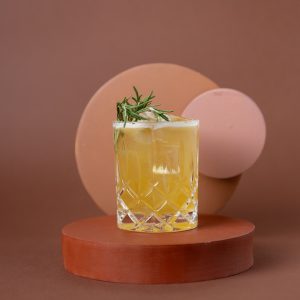Get ready for fall with this simple Fall Sangria recipe! In this comforting cocktail, you'll enjoy the blend of red wine, apple cider, brandy, and fresh fruit.
Prep time:
1 minute minute
Mixing time:
1 minute minute
Servings:
8
Calories:
150
Ingredients
- 1 bottle of Red Wine
- 1 cup apple cider
- ¼ cup Brandy
- 2 apples - sliced
- 1 orange - sliced
- ½ cup pomegranate seeds
- Cinnamon sticks - for garnish, optional
Equipment
- Large Pitcher
- Stirrer or Spoon
- Wine Glasses
Instructions
- Add Red Wine: Pour 1 bottle of Red Wine in a large pitcher.
- Add Apple Cider: Measure and pour 1 cup apple cider into the pitcher.
- Add Brandy: Add ¼ cup Brandy.
- Add Fruits: Toss in the slices of 2 apples, 1 orange, and ½ cup pomegranate seeds.
- Stir: Give everything a good stir with your spoon.
- Chill: Let the Sangria sit in the fridge for at least an hour before serving to let the flavors meld together.
- Serve: Pour into wine glasses, garnish with a cinnamon stick if desired, and enjoy!
Notes
Substitutes:
- Red Wine: If you do not like red wine, you can use white wine or rosé instead. Both will give you a lighter, fruitier sangria.
- Apple Cider: No apple cider? No problem! You can use apple juice as a substitute. It won't have quite the same depth of flavor, but it'll do in a pinch.
- Brandy: If you don't have brandy, use bourbon or rum instead. Both will add a pleasant warmth to your Sangria.
Making it Non-Alcoholic:
- Red Wine Substitute: Use a non-alcoholic red wine substitute available in most grocery stores.
- Brandy Substitute: Omit the brandy or use a non-alcoholic spirit available on the market for example you can opt for one of the options produced by Seedlip.
- Proceed As Usual: Use these non-alcoholic substitutes instead of the regular ingredients, follow the original steps, and enjoy a non-alcoholic version.
Making it Vegan:
Good news! This recipe is already vegan-friendly. Just check the labels on your wine and cider to ensure they're vegan, as some brands may use animal products in their processing methods.What is a Fall Sangria?
A Fall Sangria is a wine-based cocktail made of red or white wine, brandy, and autumn fruits such as apples, pears, and oranges. It’s not difficult to make; the process involves simply combining all ingredients in a pitcher and allowing it to sit for some time so that the flavors can infuse together.

What is a Fall Sangria made of – The ingredients
Start your gimlet with these essential ingredients:
- Red Wine: The Sangria’s base adds depth and richness to the drink.
- Brandy: This strong spirit enhances the flavor profile and kicks the Sangria.
- Apple Cider: Adds a sweet, tangy flavor that complements the wine and brandy.
- Sliced Apples and Pomegranate Seeds: These add a crisp texture and infuse their sweet-tart flavor into the drink.
- Sliced Oranges: Their citrusy sweetness adds complexity to the Sangria’s taste.



















